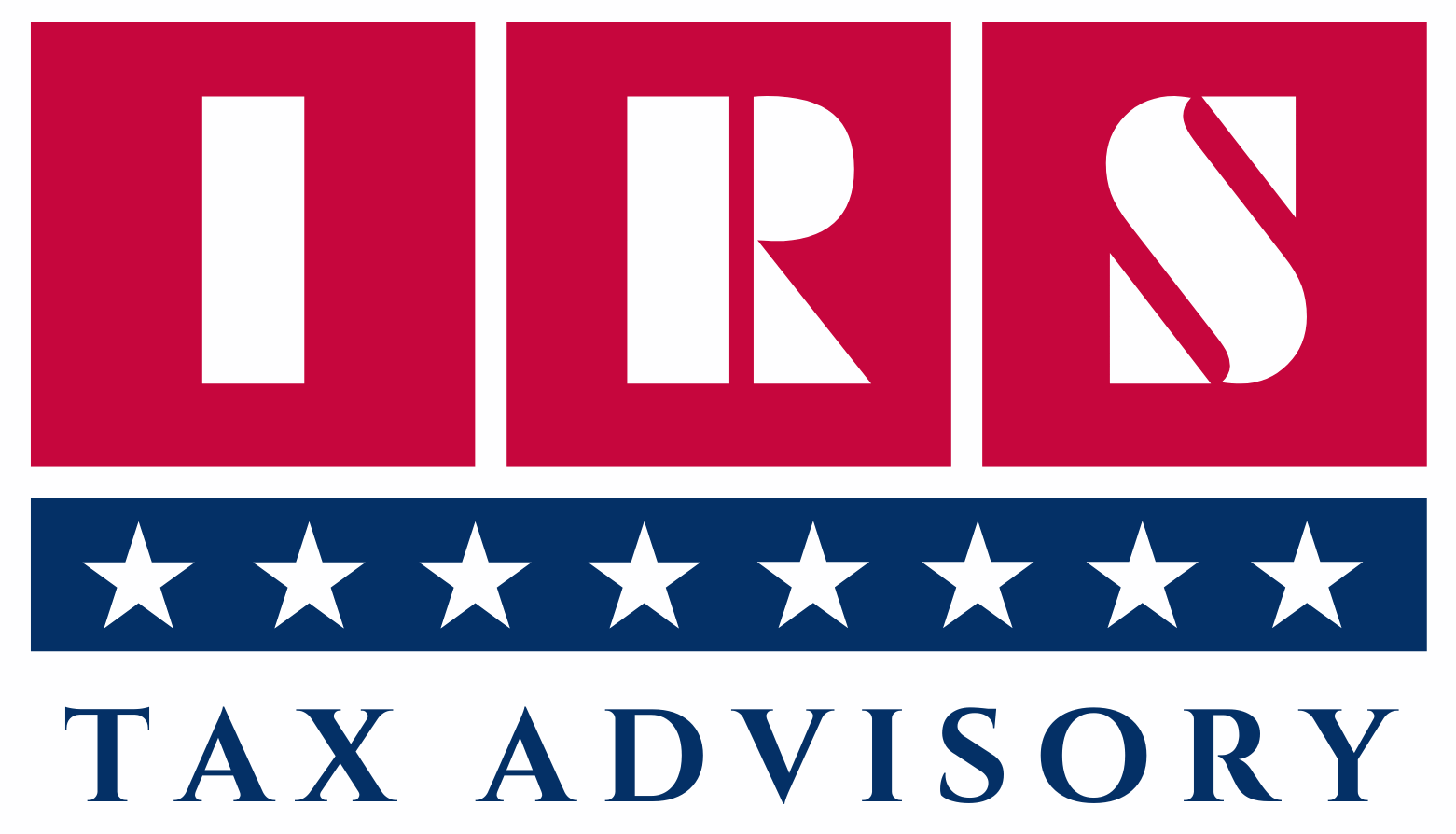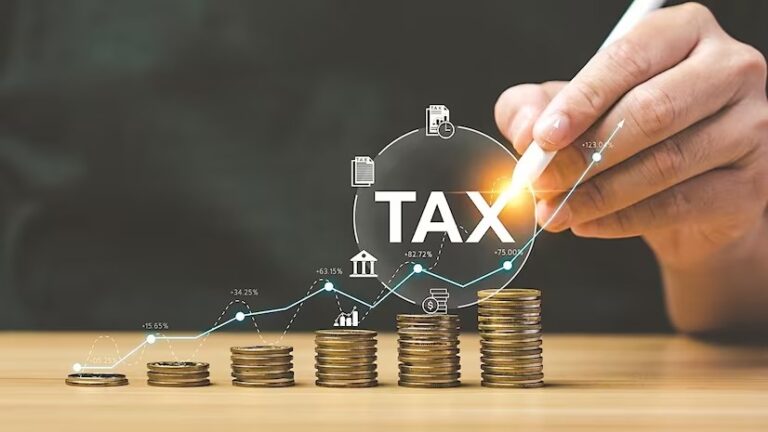Schedule K1 Form 1120S– Comprehensive Overview In 2025
Table of Contents
What is Schedule K1 Form 1120S?

Schedule K1 Form 1120S is a tax form used by S corporations to report each shareholder’s share of the corporation’s income, deductions, credits, and other financial items. The S corporation itself does not pay income tax; instead, income is passed through to the shareholders, who report it on their individual tax returns.
This form is part of Form 1120-S, the U.S. Income Tax Return for an S Corporation, and must be filed annually.
Who Needs to File Schedule K1 Form 1120S)?
- Any S corporation must prepare Schedule K-1 for each shareholder.
- Each shareholder receives a copy of their K-1 to file with their Form 1040 (individual tax return).
- It is also submitted to the IRS as part of Form 1120-S.
What Does Schedule K1 1120S Report?
Schedule K-1 includes the shareholder’s share of:
- Ordinary business income/loss
- Net rental real estate income/loss
- Other rental income/loss
- Interest and dividends
- Capital gains/losses
- Section 179 deductions
- Credits
- Foreign transactions
- AMT (Alternative Minimum Tax) items
- Distributions
- Loan repayments
- Other adjustments and basis information
Parts of Schedule K1 1120S
Part I – Information About the Corporation
- Name, address, and EIN of the S corporation
- IRS center where the return is filed
Part II – Information About the Shareholder
- Shareholder’s name, address, and identifying number (SSN or EIN)
- Type of shareholder (individual, trust, estate, etc.)
- Shareholder’s percentage of stock ownership for the year
Part III – Shareholder’s Share of Current Year Income, Deductions, Credits, and Other Items
- Line 1–17 report the actual financial items being passed through
- Line 18 includes supplemental information
Instructions for Preparing Schedule K-1 (1120-S)
Step 1: Collect Accurate Financial Data
- Gather all corporate financials: P&L statement, balance sheet, and general ledger.
- Confirm shareholder ownership percentages.
Step 2: Complete Form 1120-S First
- Form 1120-S must be prepared before the Schedule K-1, as it calculates the total items that must be allocated to shareholders.
Step 3: Calculate Each Shareholder’s Share
- Allocate income, losses, deductions, and credits proportionally based on ownership percentages.
- Adjust for mid-year changes in ownership, if applicable.
Step 4: Fill Out Part I – Corporation Information
- Include the correct EIN, legal name, and IRS center.
Step 5: Fill Out Part II – Shareholder Information
- Ensure the SSN or EIN is accurate.
- Update any change in address or shareholder details.
Step 6: Fill Out Part III – Share of Income, Deductions, etc.
Here’s a breakdown of key lines:
- Line 1: Ordinary business income/loss from trade or business.
- Line 2–3: Rental real estate and other rental income.
- Line 4–8: Portfolio income (interest, dividends, royalties, capital gains).
- Line 9: Net section 1231 gain/loss (from sale of business assets).
- Line 10–12: Other income and deductions (e.g., charitable contributions).
- Line 13: Credits (e.g., general business credit).
- Line 14–16: Foreign transactions, AMT items, and other information.
- Line 17: Investment and other items like distributions and basis changes.
- Line 18: Supplementary information—used for disclosures like at-risk basis, passive activity limitations, etc.
Step 7: Include Supplemental Statements
- Add any required disclosures such as:
- At-risk limitations
- Passive activity disclosures
- Basis calculations
- Section 199A Qualified Business Income deduction info
Step 8: Distribute Copies
- Provide a copy of each shareholder’s K-1 by the due date (generally March 15).
- Submit the full 1120-S return, including all K-1s, to the IRS.
When is Schedule K-1 Due?
- Schedule K-1 is due March 15 for calendar year S corporations.
- For fiscal year corporations, it’s due the 15th day of the third month after the end of the tax year.
- Shareholders need the K-1 in time to file their personal tax returns (Form 1040) by April 15 (or extended due date).
Common Mistakes to Avoid
- Incorrect allocation percentages – ensure it matches stock ownership.
- Omitting supplemental disclosures – can lead to IRS audits.
- Failing to account for basis limitations – shareholders may incorrectly deduct losses.
- Errors in tax ID numbers – can delay processing or trigger IRS notices.
How Shareholders Use Schedule K1
Shareholders use the information to:
- Report pass-through income/loss on their Form 1040
- Adjust their basis in S corporation stock
- Report distributions or repayments of shareholder loans
- Claim deductions or credits passed through
Who Receives a Schedule K1 Form 1120S?
A Schedule K-1 (Form 1120-S) is issued to each shareholder of an S corporation. Since S corporations are pass-through entities, they do not pay federal income tax at the corporate level. Instead, the profits, losses, and other tax items are “passed through” to the shareholders, who must report them on their personal income tax returns.
Here’s a breakdown of who receives a Schedule K-1:
1. Individual Shareholders
Any person who owns shares in an S corporation—even just one share—must receive a K-1. This includes:
- U.S. citizens and resident aliens
- Non-resident aliens (Note: S corporations cannot have non-resident alien shareholders)
Each shareholder receives a K-1 showing their pro rata share of:
- Income or loss
- Deductions
- Credits
- Distributions
2. Estates and Trusts
If an estate or trust owns stock in an S corporation (and is an eligible S corp shareholder), it also receives a Schedule K-1.
3. Grantor Trusts and Qualified Subchapter S Trusts (QSSTs)
These specialized trusts can own S corp stock and will receive a Schedule K-1 reflecting their share of the corporation’s tax items.
4. Electing Small Business Trusts (ESBTs)
If an ESBT is a shareholder, it receives a K-1 as well, but different tax rules apply. The trust—not the beneficiaries—typically pays tax on S corp income.
Who Does Not Receive a Schedule K1 Form 1120S?
- Partners in a partnership → they receive Schedule K-1 (Form 1065).
- Shareholders of C corporations → they receive dividends via Form 1099-DIV.
- Non-resident aliens → they are generally not allowed to be S corporation shareholders and thus would not receive a K-1 (unless there’s a mistake or special rule).
Key Points
- One K-1 is issued per shareholder, per tax year.
- If ownership changes mid-year, each owner during the year receives a K-1 for the portion they held.
- The K-1 must be issued by March 15 of the year following the tax year, so shareholders have time to file their individual returns.
Schedule K-1 (Form 1120-S) – Filing Deadlines, Penalties & Tax Rates
Filing Deadlines
1. Deadline for Filing Form 1120-S & Schedule K-1
- Due Date: March 15 (for calendar year S corporations)
- If the corporation operates on a fiscal year, the due date is the 15th day of the third month after the end of the tax year.
Example:
- Calendar year: Due March 15, 2025
- Fiscal year ending June 30: Due September 15, 2025
2. Deadline to Provide K-1s to Shareholders
- Shareholders must receive their Schedule K-1 by the same date the 1120-S return is due: March 15.
- If filing an extension, provide K-1s by the extended due date.
Extensions
You may request a 6-month extension by filing:
- Form 7004 before the original due date.
- The new extended due date would then be September 15 (for calendar year filers).
Note: An extension of time to file is not an extension of time to pay taxes owed by the shareholders.
Penalties for Late Filing
If an S corporation fails to file Form 1120-S or fails to furnish Schedule K-1s to shareholders on time, the IRS imposes penalties:
Penalty for Late Filing of Form 1120S
- $240 per Schedule K-1 per month
- Max penalty: up to 12 months
Example For Penalty Calculation
If an S corporation has 4 shareholders and files 3 months late:
- $240 × 4 shareholders × 3 months = $2,880 total penalty
This penalty applies whether or not the corporation owes tax, because it’s a pass-through entity. It’s strictly a filing violation.
Penalty for Failure to Furnish K-1s to Shareholders
If Schedule K-1 is not furnished to each shareholder by the due date:
- $310 per K-1 (for tax year 2025)
- Increases to $630 if the failure is due to intentional disregard
Tax Rate for Shareholders Receiving K-1 Form 1120S
While S corporations don’t pay federal income taxes, shareholders must report the income on their personal tax returns and pay tax based on their individual rates:
Federal Tax Rates (2025 – for individuals):
| Income Bracket (Single Filer) | Tax Rate |
| Up to $11,600 | 10% |
| $11,601 – $47,150 | 12% |
| $47,151 – $100,525 | 22% |
| $100,526 – $191,950 | 24% |
| $191,951 – $243,725 | 32% |
| $243,726 – $609,350 | 35% |
| Over $609,350 | 37% |
Shareholders report K-1 income on Schedule E of Form 1040 and pay tax at their individual marginal tax rate.
Important Notes on Taxation
- Shareholders may owe self-employment tax only if they receive guaranteed payments or are active in certain non-S corp entities like partnerships.
- Distributions reported on the K-1 are generally not taxable, as long as they do not exceed the shareholder’s stock basis.
- Losses passed through via K-1 can only be deducted up to the amount of the shareholder’s basis and at-risk amount.
Tips to Avoid Penalties
- Track and maintain accurate shareholder ownership data.
- File Form 7004 if you need an extension—before March 15.
- Use tax software to auto-generate and deliver K-1s to shareholders.
- Don’t wait until the last minute; late filings trigger automatic penalties.
Conclusion
Schedule K-1 (Form 1120-S) is a critical document for S corporation shareholders. Proper preparation ensures compliance and accurate reporting of pass-through income. Mistakes can lead to IRS scrutiny, incorrect tax filings, or lost deductions. If you’re unfamiliar with the process, it’s wise to use tax software or consult a tax professional.
Frequently Asked Questions (FAQ)
Is Schedule K-1 taxable?
Yes, the income reported on a K-1 is generally taxable to the shareholder, even if no cash distribution was made.
Do all S corporations file Schedule K-1?
Yes, any S corporation with shareholders must file a Schedule K-1 for each shareholder.
Can you e-file Schedule K-1 (1120-S)?
Yes, most tax software supports e-filing Form 1120-S and the associated K-1s.
Where do I report K-1 items on Form 1040?
The K-1 instructions include references to where each line should be reported on the individual tax return.






